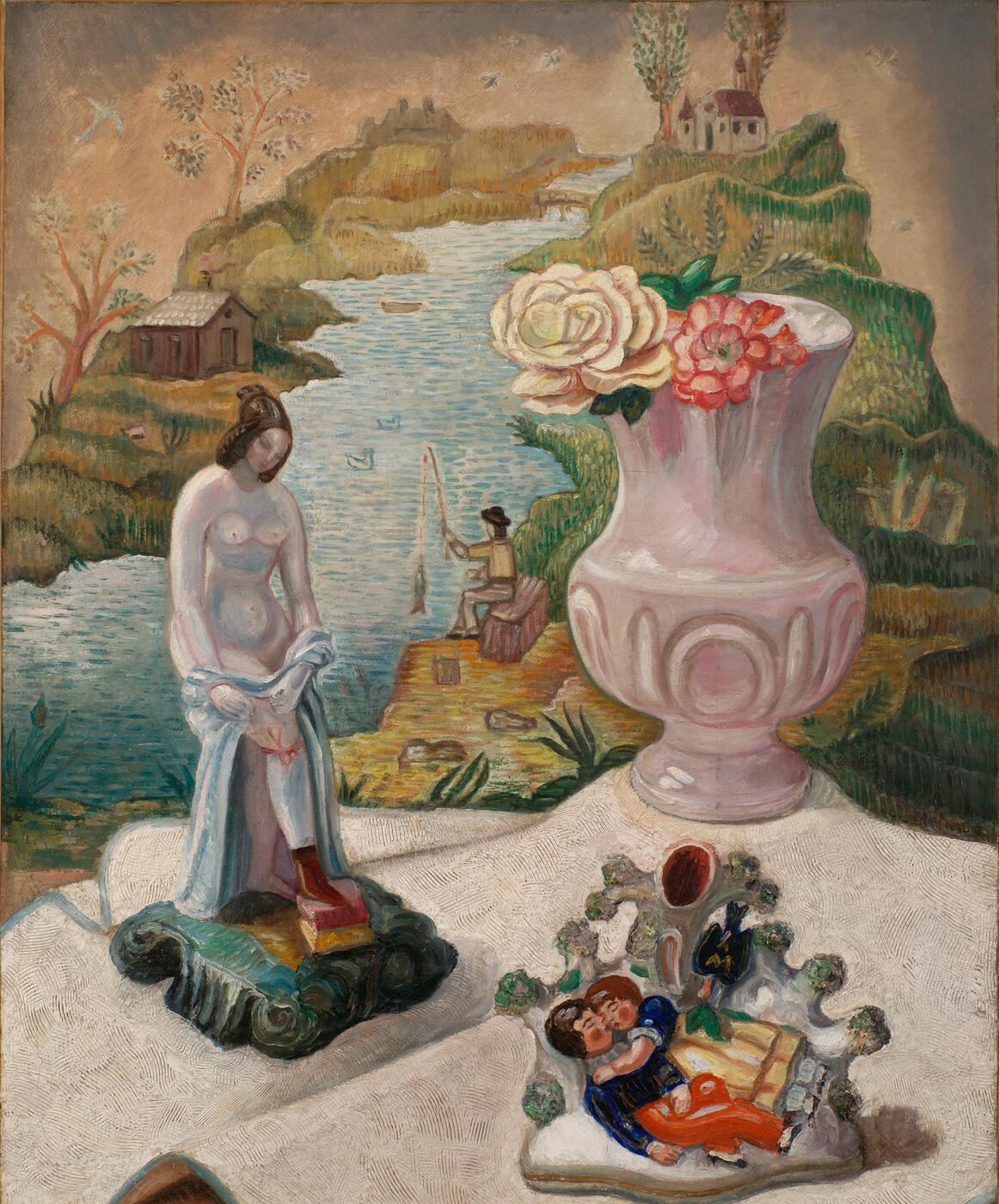MacDougall's Russian Art Auctions 27-30 May 2012
27 May 2012

* 33. SUDEIKIN, SERGEI (1882-1946)
Porcelain Figures and Flowers, signed.
Oil on canvas, 92.5 by 71.5 cm.
300,000–500,000 GBP
Authenticity of the work has been confirmed by the expert A. Kiseleva.
Literature: G. Romanov, Mir iskusstva. 1898–1927, St Petersburg, 2010, p. 967, illustrated.
Notes on symbols:
* Indicates 5% Import Duty Charge applies.
Ω Indicates 20% Import Duty Charge applies.
§ Indicates Artist's Resale Right applies.
† Indicates Standard VAT scheme applies, and the rate of 20% VAT will be charged on both hammer price and premium.